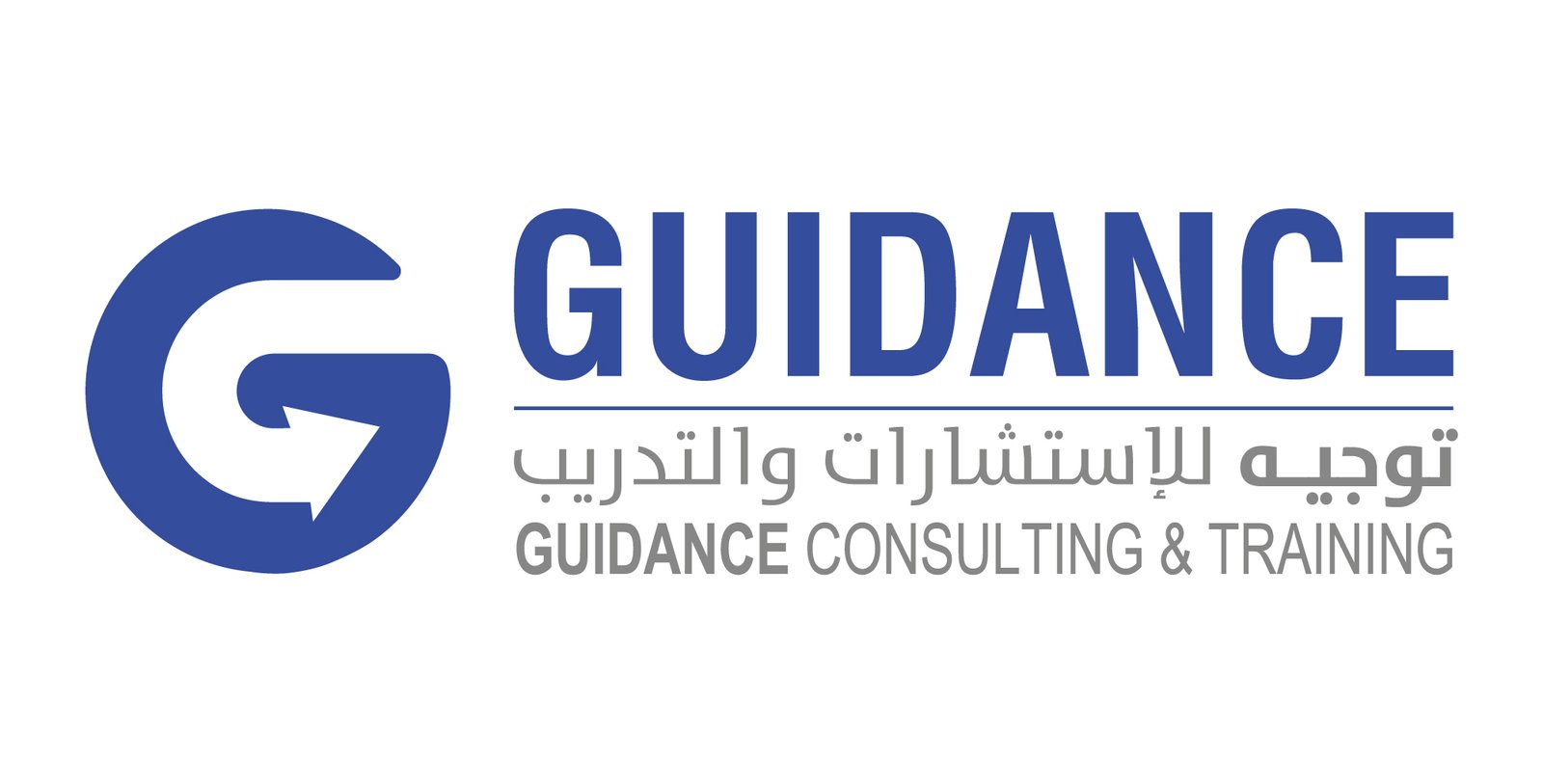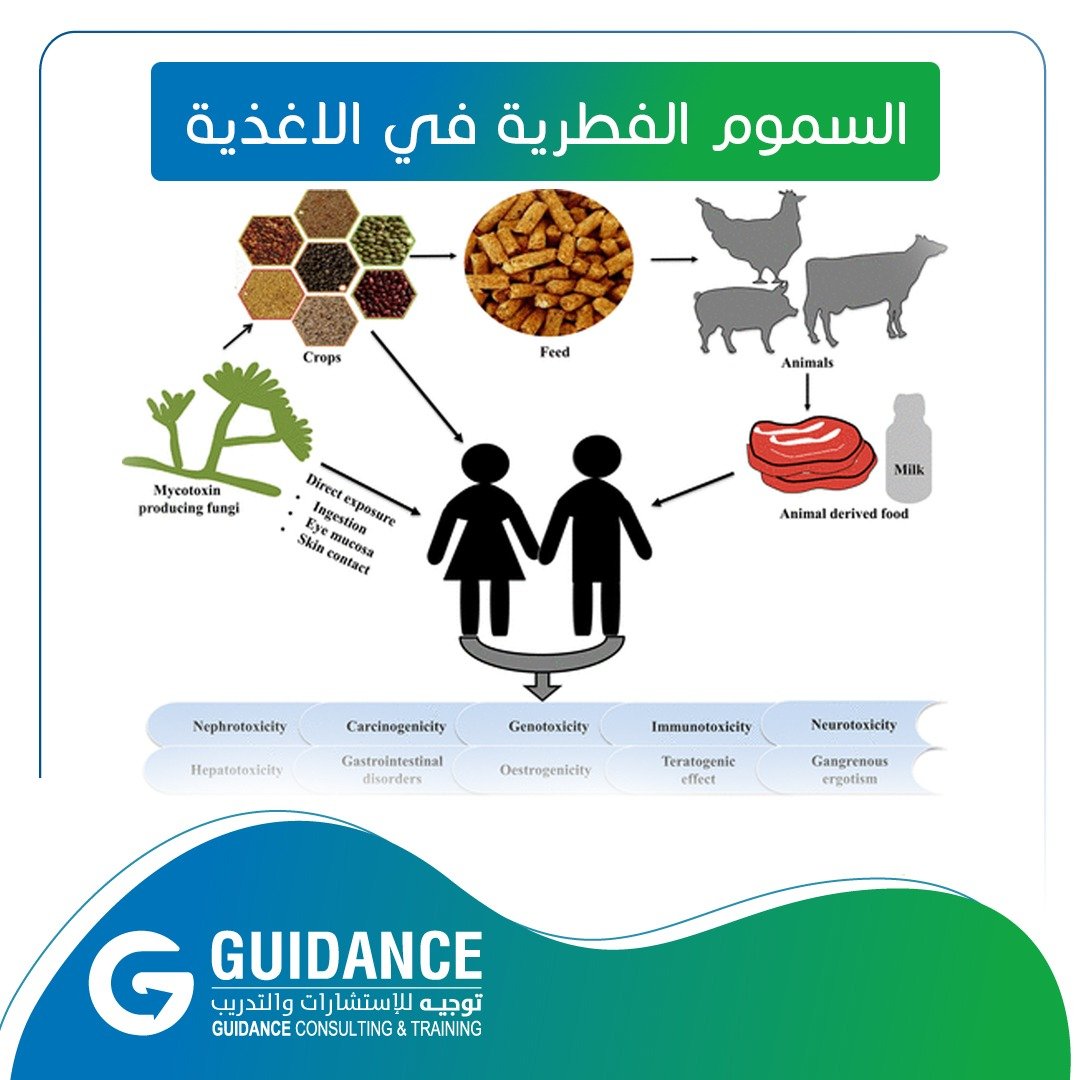Mycotoxins in Food
What are mycotoxins?
Mycotoxins are toxic compounds produced naturally by some types of mold (fungi). Molds that can produce mycotoxins grow on various foods, including grains, dried fruits, nuts, and spices. Molds can form before or after harvest, during storage, or on/in the food, usually under heat, wetness, and humidity. Most mycotoxins are chemically stable and can withstand food processing.
Several hundred different mycotoxins have been identified, but the most common mycotoxins of concern to human and livestock health include aflatoxins, ochratoxin A, patulin, fumonisins, zearalenone, nivalenol, and deoxynivalenol. Mycotoxins enter the food chain due to mold contamination of crops before and after harvest. Exposure to mycotoxins can occur directly through contaminated food consumption and indirectly through animals fed contaminated feed, especially the milk of these animals.
Common mycotoxins in foods and why they are a concern
Some foodborne mycotoxins have acute effects, with symptoms of severe illness occurring rapidly after consumption of food products contaminated with mycotoxins. Other mycotoxins in foods are associated with long-term health effects, including cancer and immunodeficiency. Of the hundreds of mycotoxins discovered, twelve have received the most attention because of their serious effects on human health.
Aflatoxins are among the most toxic mycotoxins produced by certain molds (Aspergillus flavus and Aspergillus parasiticus) that grow in soil, decaying plants, hay, and grains. Crops that are frequently affected by multiple Aspergillus species include cereals (maize, sorghum, wheat, rice), oilseeds (soybeans, peanuts, sunflowers, cottonseeds), spices (chile peppers, black pepper, coriander, turmeric, ginger) and nuts (pistachios, almonds, walnuts, coconuts, Brazil nuts). Toxins can also be found in the milk of animals fed contaminated feed, in the form of aflatoxin M1. High doses of aflatoxin can cause acute poisoning (aflatoxin poisoning) and can be life-threatening, usually by liver damage. Aflatoxins have also been shown to be genotoxic, meaning they damage DNA and can cause cancer in animals. Evidence suggests that they can cause liver cancer in humans.
Several Aspergillus species produce Ochratoxin A, a common mycotoxin that contaminates food. Contamination of food commodities such as cereals and cereal products, coffee beans, dried grape fruits, wine, grape juice, spices, and liquorice occurs worldwide. Ochratoxin A is formed during the storage of crops and is known to cause many toxic effects in animal species. The most sensitive and prominent effect is kidney damage, but the toxin may also affect embryonic development and the immune system. There is clear evidence of nephrotoxicity and kidney cancer in animals as a result of exposure to ochratoxin A; in contrast, this association is not fully established in humans, although the effect on the kidneys has been demonstrated.
Patulin is a mycotoxin produced by mold species, notably Aspergillus, Broom, and Pisocolla. Patulin commonly found in apples and apple products, can also be formed in rotting fruits, grains, and other foods. The main sources of patulin in the human diet are apples and apple juice made from contaminated fruit. Acute symptoms in animals include liver, spleen, and kidney damage and immune system toxicity. In humans, nausea, gastrointestinal upset, and vomiting have been reported. Patulin is genotoxic, but its potential to cause cancer has not yet been proven.
Fusarium fungi are common in soil and produce many toxins, including trichothecenes such as deoxynivalenol and nivalenol, T2 and HT2 toxins, zearalenone, and fumonisins. Molds and toxins occur on a range of cereal crops. Different Fusarium toxins are associated with specific cereals. For example, deoxynivalenol and zearalenone are commonly associated with wheat, T2 and HT2 toxins are associated with oats, and fumonisins are associated with maize. Trichothecenes can be highly toxic to humans, causing rapid irritation of the skin or gastric mucosa and leading to diarrhea. Chronic effects reported in animals include immunosuppression. Zearalenone has been shown to have hormonal and estrogenic effects and can cause infertility at high intake levels, particularly in pigs. Fumonisins have been associated with oesophageal cancer in humans and liver and kidney toxicity in animals.
How can I minimize the health risks from mycotoxins?
It is important to note that molds that produce mycotoxins can grow on many crops and foods and grow deep inside the food rather than just on the surface. Molds do not usually grow on foods that are dried and stored well, so drying and keeping goods dry, or storing them properly, is an effective measure to control mold growth and mycotoxin production.
To minimize the health risks from mycotoxins, people are advised to:
- Check whole grains (especially maize, sorghum, wheat, and rice), dried figs, and nuts such as peanuts, pistachios, almonds, walnuts, coconuts, Brazil nuts, and hazelnuts, which are all commonly contaminated with aflatoxins, for signs of mold, and discard them if they appear moldy, discolored or shriveled
- Avoid damaging grains before or during drying and storage, as damaged grains are more susceptible to mold and therefore mycotoxin contamination.
- Buy grains and nuts as fresh as possible.
- Ensure food is stored properly – protect it from insects, dryness, and excessive heat.
- Do not keep food for long periods before using it.
- Ensure a diverse diet – this helps reduce exposure to mycotoxins and improves nutrition.
Repeated exposure to mycotoxins as low as possible is essential to protect people. Mycotoxins pose risks to human and animal health and affect food security and nutrition by reducing people’s access to healthy foods. FAO encourages national authorities to monitor and ensure that the levels of mycotoxins in food on their markets are kept to a minimum and that they comply with national and international maximum levels, requirements, and legislation.
Guidance Consulting and Training will help if you have a food establishment or facility to protect your product/service from exposure to any mycotoxins by qualifying it for the international ISO standards for food safety ISO 22000 and the HACCP system for identifying hazards and critical control points.
Guidance for Consulting and Training
We have the knowledge and experience to help institutions and individuals comply with the requirements of the Saudi Standards and Quality Organization, the Food and Drug Authority, and other entities that impose legal and mandatory requirements in the Saudi market.
To qualify your facility, train its personnel and fulfill the required documents to implement the quality and ISO systems.


